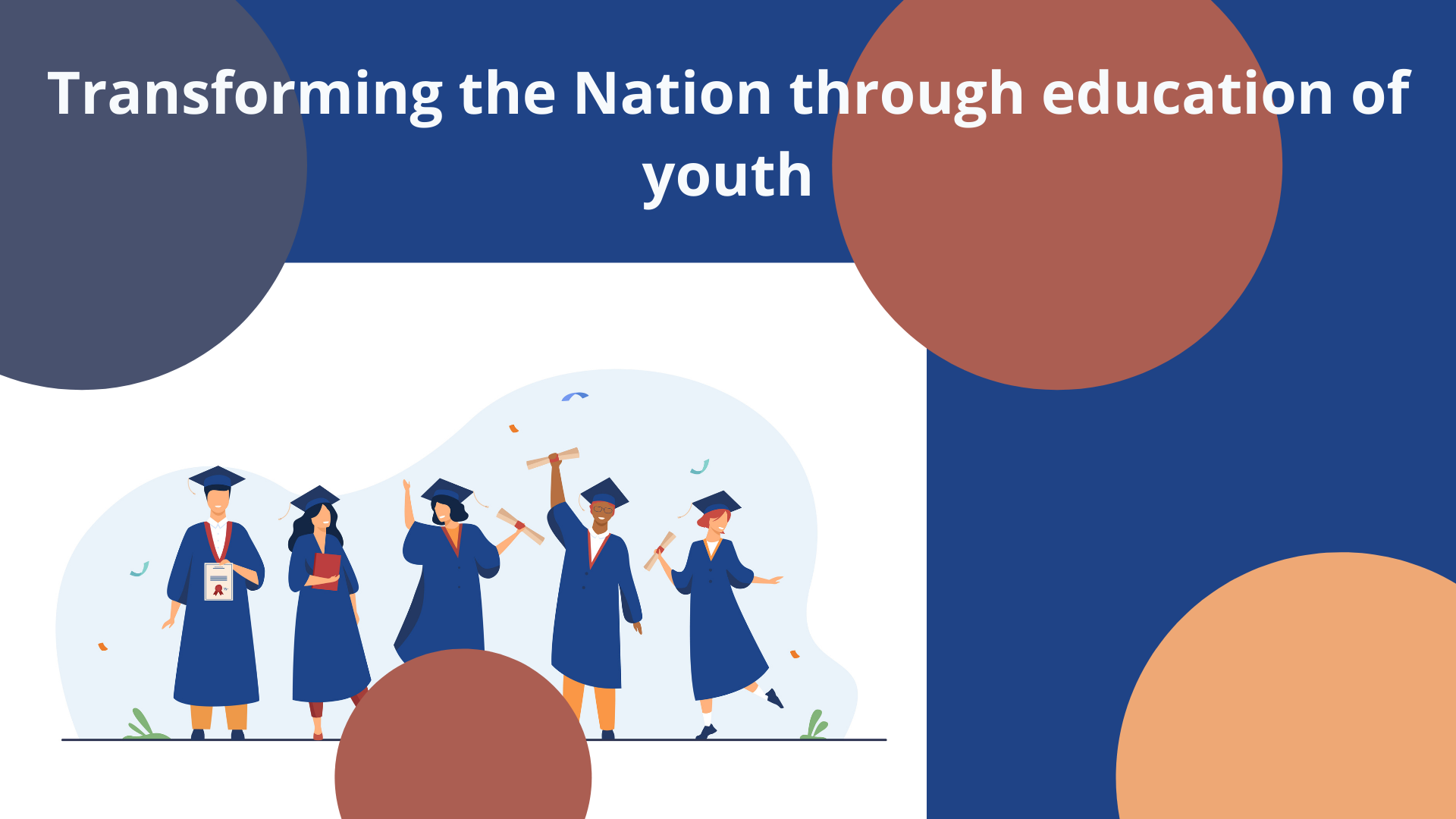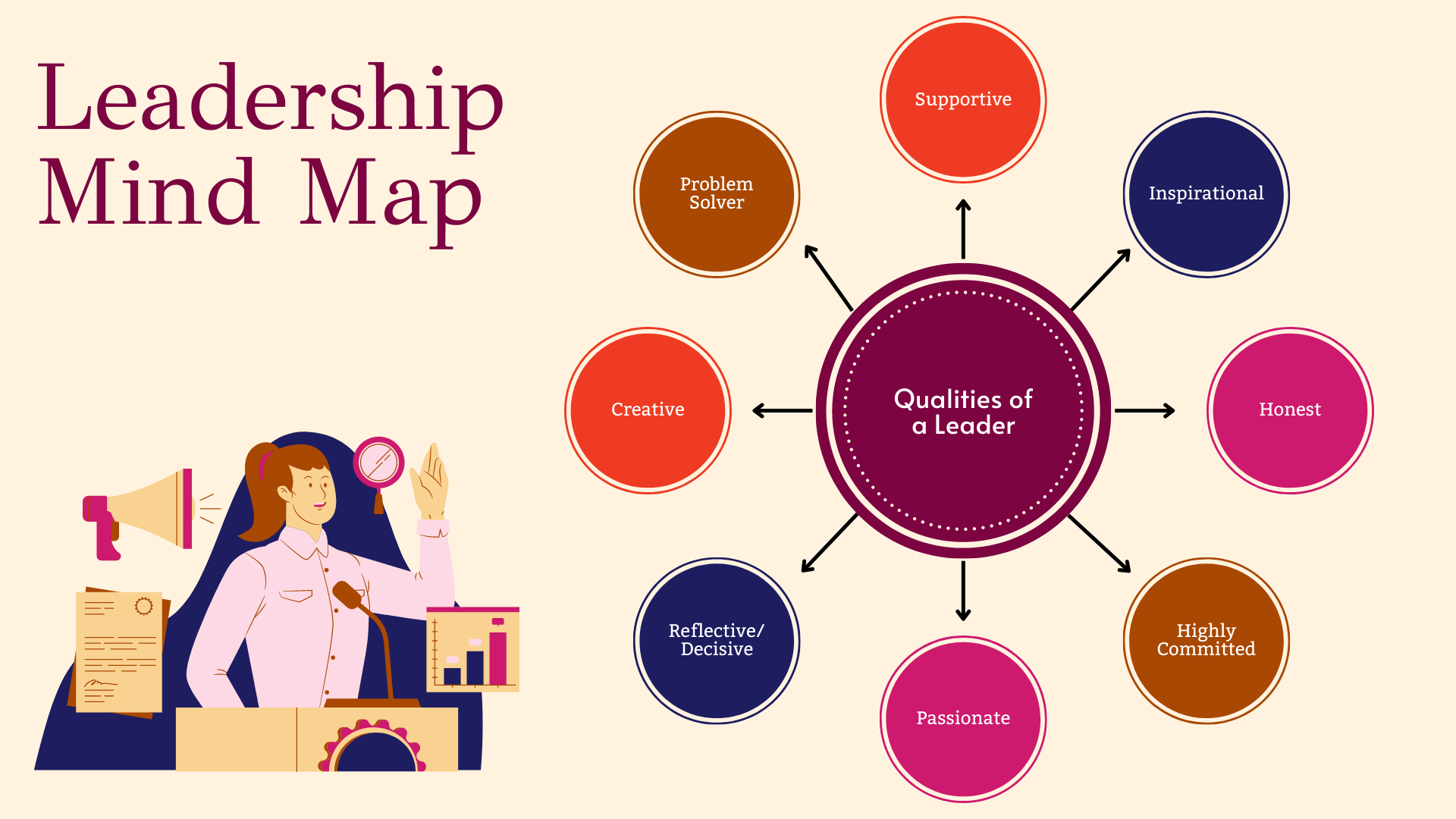“Education is not preparation for life, education is life itself”
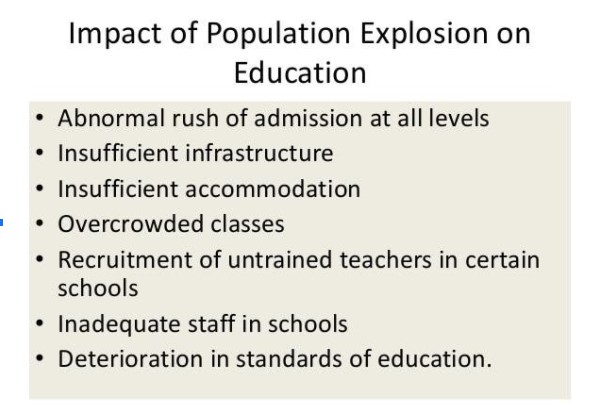
Every year on July 11, World Population Day is commemorated. The goal of the day is to draw attention to the urgency and importance of population-related issues. It should be mentioned that the United Nations Development Programme launched World Population Day in 1989. World Population Day, which has been observed for over three decades, is intended to promote awareness about solutions to population-related challenges.
As our population is increasing, we lack resources to support the educational requirements of each and every individual in India.
Children up to 5th class are promised basic elementary education but we lack money and resources both to suffice the needs of higher education
Knowledge is a basic necessity and online platforms such as SkillsRediscovery can help reach even remote places.
New prospects and innovations are being addressed across the board, keeping in mind the fundamental abilities required for our continued development and advancement in life. SkillsRediscovery is the most original and innovative notion, as well as a forerunner to a bright future. With a large pool of online courses, SkillsRediscovery is the largest skills-based online education portal.
- It consistently emphasizes the necessity of connectivity and access to knowledge and information from any location.
- Self-teaching and collaboration with other teachers are important to you.
- Promotes intergenerational contacts between people from all walks of life, regardless of culture, profession, or other factors.
- Allows them to begin or rediscover their passion in life, starting with the basics and working their way up to the core (beginners to advanced)
- Incorporated with a learning management system (LMS) and modern teaching approaches to make learning simple and enjoyable.
- SkillsRediscovery vault is a new buildout that holds all records of your academic performance as well as skills learned. It assigns local and worldwide ranks, which aids the system in making additional recommendations depending on your qualifications.
- Finally, your name is assigned to India’s first education card, “SAKSHAR,” which you can carry in your pocket. When scanned, this card provides information on employees and other institutions, as well as their educational history. This is now known as the Centralized Educational System and Universal Quality Education for All.
- Thousands of recruiters and recruitment bureaus are connected to certifications.
- Everything is available on a single platform, from business to technology to creative to leisure.
- Quality Universal Education means having a Singular, Common Educational Experience with the same broad aim for everybody, whereas Universal Education is Quality that educates the child for life rather than for testing purposes. Instead of the existing system, where each student has no say or connection beyond the walls of his or her classroom, everyone should be given the same assessment and a similar platform to learn on.
With a population growth rate of 1.5 percent, the education system is under enormous pressure to deliver high-quality education at a reasonable cost and to raise literacy rates.
The following are the key issues that India’s education faces:
Quality :
Maintaining educational standards in more than a million schools across the country, providing teacher training programs, and maintaining a good balance with the global education system are major tasks. Due to differences in size and finances, schools are compelled to make compromises in the overall development possibilities they must provide to pupils.
Access :
With infrastructural limits and socioeconomic concerns, making education accessible to all segments of society becomes more difficult (women, minorities, poor).
Cost :
Even for those who can afford it and in regions where it is available, the cost of education is extremely expensive. For example, the competitive pressure on students and parents encourages them to supplement their school education with private tuition and training.
Cultural & Social :
The ethnic variety of India makes it difficult to administer uniform schooling across the country. The country’s more than 300 languages make it difficult to provide instruction geared to a certain social section. In certain countries, educating women is a major concern. Poor children are compelled to labor and miss out on educational chances. Illiterate adults have very limited prospects to become educated later in life.
The Benefits of an Online Education System :
An educational system with online components offers a one-of-a-kind possibility to solve a wide range of problems in a short amount of time and on a budget. Here’s a rundown of the benefits of using an online system.
Enhance the quality of education
- Adaptive computer-assisted testing
- Encourage students, instructors, parents, alumni, activists, and institutions to work together.
- a standardized grading system for assessing and ranking Students, teachers, schools, and universities are all involved.
- Students’ overall progress should be rewarded.
- Alternative education and ideas should be promoted.
- Statistical feedback allows for continuous improvement.
Increasing Accessibility
- Everyone has access to an online and open information portal at any time and from anywhere.
- Bring the books and other resources (lecture videos, speakers) to the internet.
- Encourage projects to extend education in remote regions via distance learning.
- Students with special needs should be able to take online courses.
- Those who are unable to attend traditional schools during the daytime can receive education 24 hours a day, seven days a week.
Education should be less expensive.
- Online solutions provide lower-cost services.
- Encourage “learn yourself” and “community learning” through an online system, and encourage volunteers by providing a low-cost shared infrastructure.
- Teachers, schools, and test boards can use these tools to create courses and administer exams and assessments.
- Returns are calculated and recommendations for future spending are given.
Social
- The social online system establishes a form of involvement that can happen at any time and in any place.
- If societal and cultural barriers hinder girls from receiving an education, online learning from home provides an alternative.
- Adults should be encouraged to take vocational courses and learn at their speed.
- Bring India’s culturally diverse people together on a single learning platform that is available in all languages.
Implementing on Online System Challenges
- Experience with planning and implementation
- Cost overruns in the short term (online & offline must run in parallel)
- Infrastructure for electricity and communication
- Concerns about social issues (to some extent)
- Logistical challenges such as educator and student training
- Constraints of technology
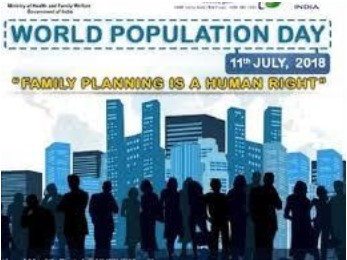
Is educational online social networking and interaction advantageous to our current educational network? What if we combine the two and make it work?
This combination, in my opinion, would become yet another strong tool for engagement, information sharing, obtaining relevant knowledge, and skill training. Using social networking for education will allow for the free flow of content, information, and ideas between people from various communities, as well as promote online collaboration between students and teachers from various countries, encouraging them to open up and have fundamental discussions that lead to innovations.
In other words, when people from different parts of the world contact, their quest and research on a specific subject or topic leads to advancements in the human world; this leads to global revolutions that aid mankind in their progress, allowing them to flourish and live a better life.
The University of Cape Town (UCT) conducted a study to determine how many students have access to adequate online learning materials in INDIA.
According to their findings, many students lack the necessary resources to succeed in online learning In INDIA.
The number of households in each municipality having access to three distant learning materials was counted by the researchers.
Access to energy in the home, a solid internet connection, and an appropriate gadget, such as a laptop or tablet, were all required for remote learning.
The quality of remote learning students received was likely to be determined by these resources.
More than half of university and college students live in communities where just 10% of households have access to all three remote learning tools.
Students who were the most vulnerable were allowed to return to campus and their dorms, but not all of them were able to.
According to academics at UCT’s Southern Africa Labour and Development Research Unit, those who are still unable to return will continue to suffer learning challenges.
According to the findings of the study, just 85 percent of university students have access to electricity in their homes.
In India, less than 45% of homes had access to the internet.
Because the majority of college students live in towns where less than 55% of households have access to the internet, they will encounter greater problems during remote learning than university students.
Half of the university students live in municipalities where 30 to 47 percent of households have access to a device (laptop or tablet) to work from.
It was regrettable that only two-thirds of students live in towns where only a third of families had a device.
Many academics and policymakers have noted that high levels of educational achievement are associated with more moderate rates of population growth, implying that ensuring greater access to education, particularly for females, could provide important opportunities for alleviating population pressures.
The United Nations is commemorating World Population Day for the twenty-ninth year to raise awareness about issues that affect global population increase, such as family planning, Educational Reforms, poverty, gender equality, and more.
To commemorate this day of awareness, we’ve collected a list of key statistics on population growth’s primary trends and consequences, both globally and within specific countries.
One of the most daunting challenges we confront is our rapidly growing population, which undermines all development efforts. It is thought that factual knowledge regarding population dynamics should be passed down to the younger generation so that they can comprehend the nature and severity of the burden imposed by rapid population expansion.
Our population is growing at a rate of 2.5 percent every year. India, which borders China, has a population that is almost three times that of the United States, twenty-one times that of Canada, and more than six times that of Japan. With the current rate of expansion, the country’s population could exceed one billion by the end of the century.
The global population is rising fast now but is expected to peak by 2070
After tripling in the last 70 years, the world’s population of 7.6 billion people is expected to grow just slightly in the next 80 years. This trend is expected to occur as a result of a slowdown in population growth in Asia, the world’s fastest-growing region, as well as declines in Europe and stabilization in the Americas, resulting in a world where more older people are less productive and require constant care, potentially disrupting our economic and social structures.
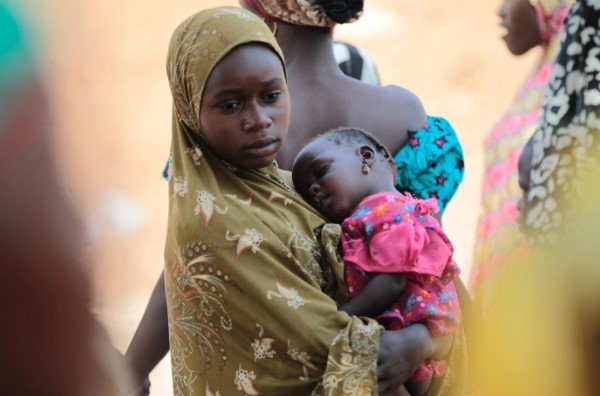
By 2050, if every woman in the world had a secondary education, the world’s population may be reduced by 3 billion.
Higher levels of education are linked to reduced rates of fertility in women, as education allows females to plan their families and avoid the traps of child marriage and early childbearing. As a result, investing in girls’ education is an indirect investment in climate change mitigation, as it helps to keep population growth within the planet’s carrying capacity. Investments in girls’ education and reproductive health, as Christina Kwauk and Amanda Braga of the Brookings Center for Universal Education show, could result in a decrease of 119.2 gigatons of atmospheric carbon!
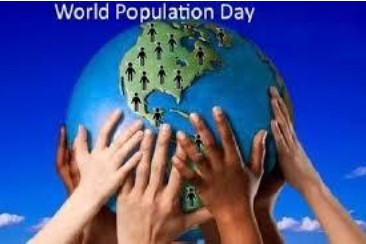
The world population peaked at 5 billion people in 1987. The United Nations General Assembly established World Population Day two years later, on July 11th, to highlight the “urgency and relevance of population issues.” Since then, the world has progressed significantly. As of July 2020, Worldometers estimates that we will have a population of 7.8 billion people. Here are some interesting facts on where the world is headed as we celebrate the 7 billionth person on the planet:
- India’s population will surpass China’s by 2024.
According to a 2017 UN World Population Prospects estimate, India’s population will overtake China’s in around seven years. China has 1.4 billion people, followed by India with 1.3 billion. The two countries account for over a third of the world’s population.
- The top ten countries with the most people in 2100
According to the United Nations Department of Economic and Social Affairs, India will be the world’s most populous country by 2100, with a population of 1.5 billion. Nigeria will experience the most rapid growth, moving from ninth to third place. The following countries will be added to the list:
1.5 billion people live in India. 1 billion people in China Nigeria has a population of 794 million people. The United States has a population of 447 million people. Congo (DRC) has a population of 379 million people. Pakistan has a population of 352 million people. Indonesia has a population of 306 million people. Tanzania has a population of 304 million people. 250 million Ethiopians Uganda has a population of 214 million people.
- Tokyo is the world’s most populous city, followed by Delhi.
Tokyo has a population of 37 million people, Delhi has a population of 29 million, and Shanghai has a population of 26 million.
- The Vatican City has the world’s smallest population.
The European country with the smallest population has a population of fewer than 1,000 people. With a territorial size of only 121 acres, Vatican City is also the tiniest country in the world.
- Nepal is home to the world’s largest female population.
According to the United Nations Population Division, women make up 54.19 percent of Nepal’s population. The country’s female population is 1,57,88,000, while the male population is 1,33,48,000. It is followed by Hong Kong, where 54.12 percent of the population is female, and Curacao, where 54.01 percent of the population is female.
- There are more sheep in New Zealand than people.
In 1982, New Zealand had a population of 3.18 million people and a sheep population of 70.3 million. That works out to 22 sheep per person. However, the number of sheep per person has decreased to 5.6.
- However, life expectancy is increasing.
Life expectancy increased by four years between 2010 and 2015, from 67 to 71.
Between 2045 and 2050, it is expected to climb to 77 years, and between 2095 and 2100, it will rise to 83 years.
- The population of Europe is shrinking.
Europe will be the only region in the world with fewer people in 2050 than it did in 2017. According to the UN, with 2.1 births per woman, there aren’t enough infants being born to boost the population.
- In India, more people speak English than in the United Kingdom.
According to a BBC article from 2012, India is the world’s second-largest English-speaking country, with 125 million people speaking the language.
The United States is in the first place.
Conclusion :
Online usage or serving the internet is what everyone prefers to a large extent. If we can harness this potential to educate socio-economic weaker sections of our society about population control, healthy lifestyle. India would become a better place to live in.
The theory of population growth’s effect upon the amount of education involves the demand for education, the supply of education, and a budget constraint. The demand for education may be fruitfully analyzed based on human capital theory on the assumption that education is an investment, a rational weighing of present ex-pedicure versus future returns. The theory is much the same at the household and national levels except that for the household the cost of education per child may be seen as unaffected by the number of children, whereas at the national level there is increasing marginal cost with additional children.
How useful was this post?
Click on a star to rate it!
Average rating 5 / 5. Vote count: 1
No votes so far! Be the first to rate this post.

